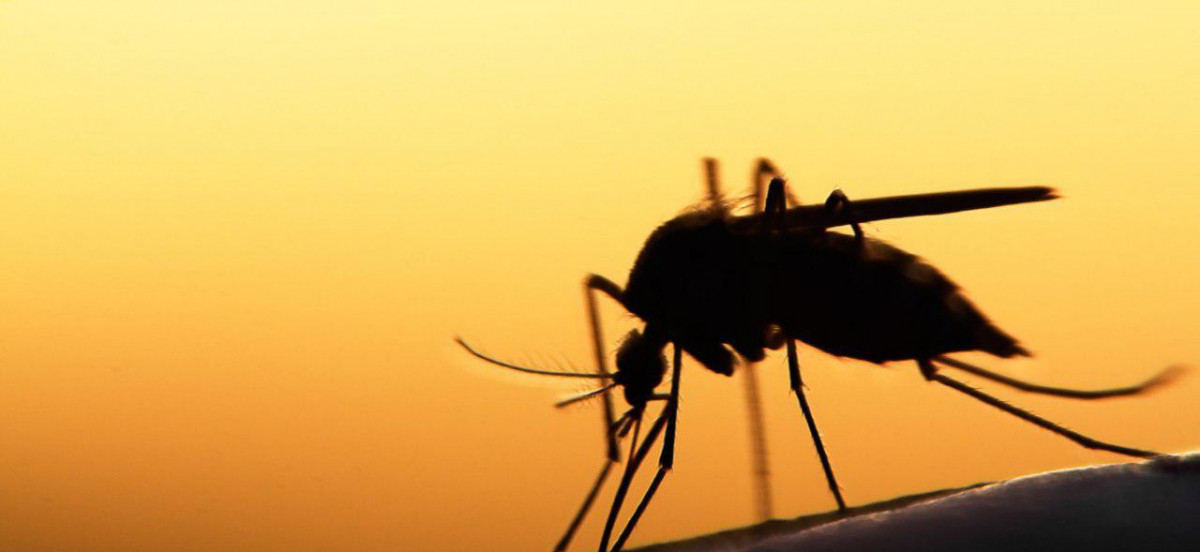Blog / Group
World Malaria Day 2019: Zero Malaria Starts with me
April 25th marks the World Malaria Day (WMD)! In this article, we take a look at the strides made in the fight against Malaria over the years. Key to note is that this year’s theme is dubbed, “Zero malaria starts with me”, where we need to take ownership of the fight and empower communities to […]

April 25th marks the World Malaria Day (WMD)!
In this article, we take a look at the strides made in the fight against Malaria over the years. Key to note is that this year’s theme is dubbed, “Zero malaria starts with me”, where we need to take ownership of the fight and empower communities to do the same too.
It is good to note that combatting malaria is part of MDG goals; 4, 5, and 6, whose focus is on improving maternal health, reducing child mortality, and combating malaria, HIV/AIDS, and other diseases.
Over the years, there has been tremendous progress globally in the fight against Malaria. However, according to the 2017 World Malaria Report, progress has stalled because of a significant increase in Malaria cases. This has been greatly witnessed in the Nyanza and Western regions, where the burden of malaria is highest. 81% of households own at least one long-lasting insecticide-treated net (LLITN).
Who are at risk?
Experts point out that anyone can get Malaria, but some individuals are at a higher risk due to various factors which include:
which include:
- Children under the age of 5 (due to low immunity)
- Pregnant women (due to shared immune system)
- Immunocompromised individuals e.g. those living with HIV/AIDS
- Migrants/Travelers from non-endemic regions (who have not developed immunity)
What are the Signs and Symptoms?
Most common signs and symptoms develop within 7-14days. These may occur singly or in combination in form of:
- Fever, chills and rigor.
- Headaches, Joint pains, abdominal pains and muscle pains.
- Loss of appetite, nausea, vomiting or diarrhea.
Once malaria complicates, it can severely manifest with:
- Low blood level
- Yellow discoloration of skin and whites of the eyes
- Cerebral Malaria (very common in children)
- low blood sugar
- Kidney failure
- Breathing problems
- Inability to sit upright, stand or walk without support
- Convulsions
- Alteration in level of consciousness
So how do we diagnose and manage Malaria?
Once someone develops the above signs and symptoms or has a history of travelling to malaria endemic zones, he or she is advised to visit a health facility as soon as possible. There, suspected malaria cases will be diagnosed using parasite-based diagnostic testing i.e. Rapid Diagnostic Test (RDT) or blood drawn for microscopy before commencing treatment. However, treatment may be considered on the basis of signs and symptoms in the absence of diagnostic tests.
Approaches to prevent Malaria
Malaria is preventable, though we need to point out that prompt treatment is necessary not only for the health of the patient but also for the prevention of transmission to those around them.
These Preventive measures include:
- Using long-lasting insecticide treated bed nets (LLINs)
- Using mosquito repellent on skin that is exposed.
- Environmental management – this involves drainage of stagnant pools of water as they tend to be breeding sites, larvicide treatment of habitats, and clearing bushes around the home
- Indoor Residual Spraying (IRS) for those residing in high transmission areas. This can be effective for 3 months and even up to 6 months depending on the insecticide formulation.
- Getting Malaria prophylaxis before travel to malaria endemic zones. This can be obtained in local hospitals and pharmacies
Parting Shot
Let us join hands and combat malaria! Remember “Zero malaria starts with me”
Key to note: Malaria is curable. Prevention, early diagnosis and treatment can save your life.
Article By: George Onassis -Senior Branch Officer- Health Division GA insurance Ltd, Kisumu
Image: Courtesy of University of Oxford


